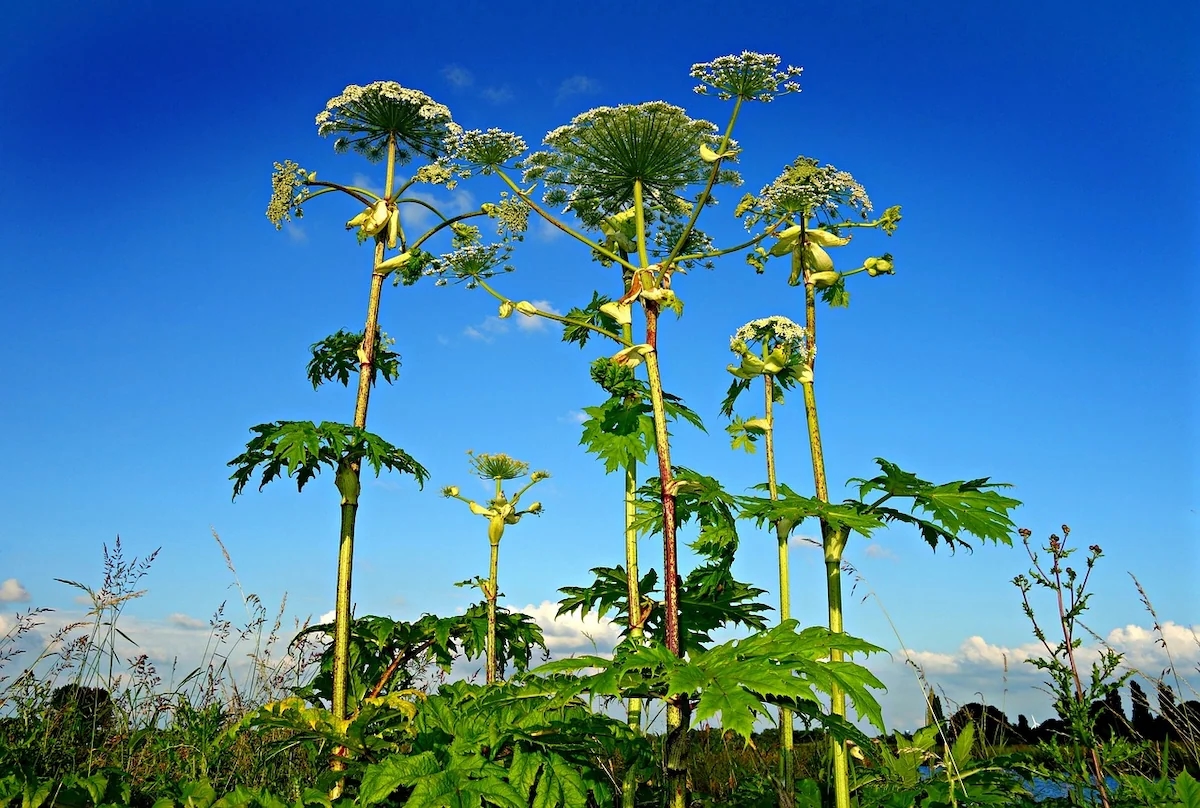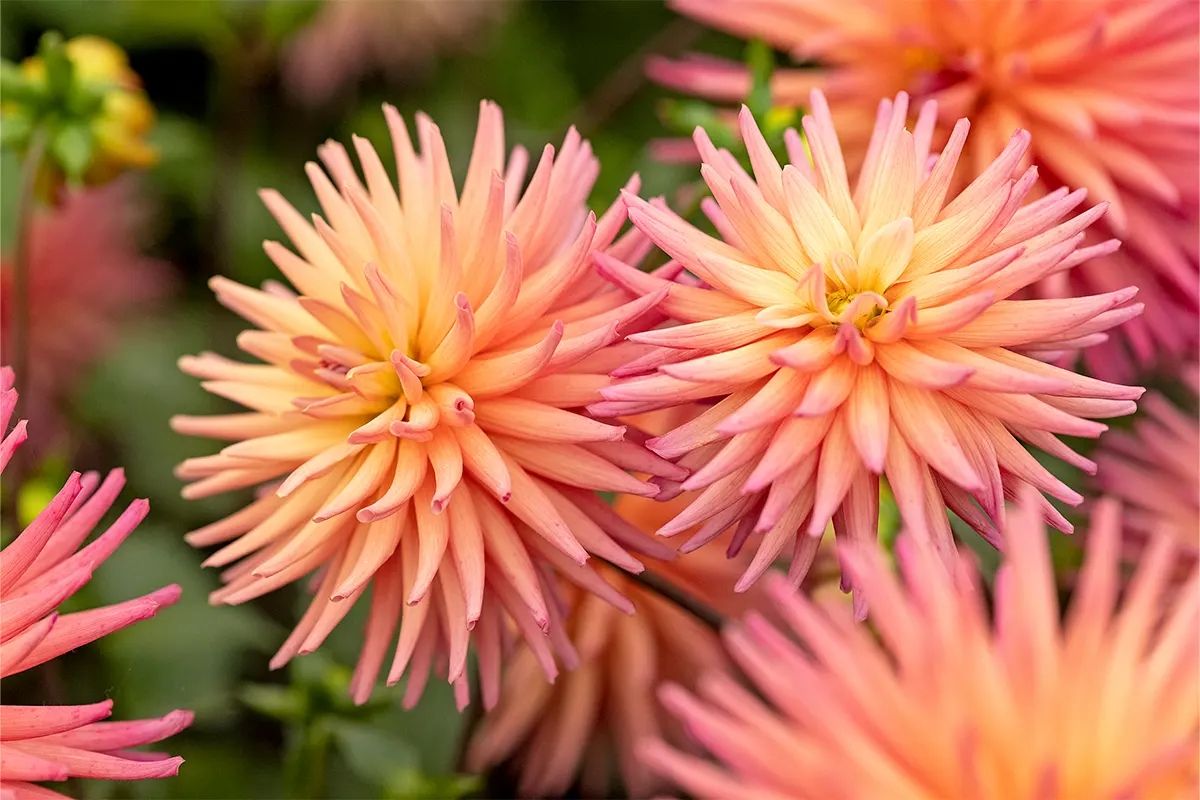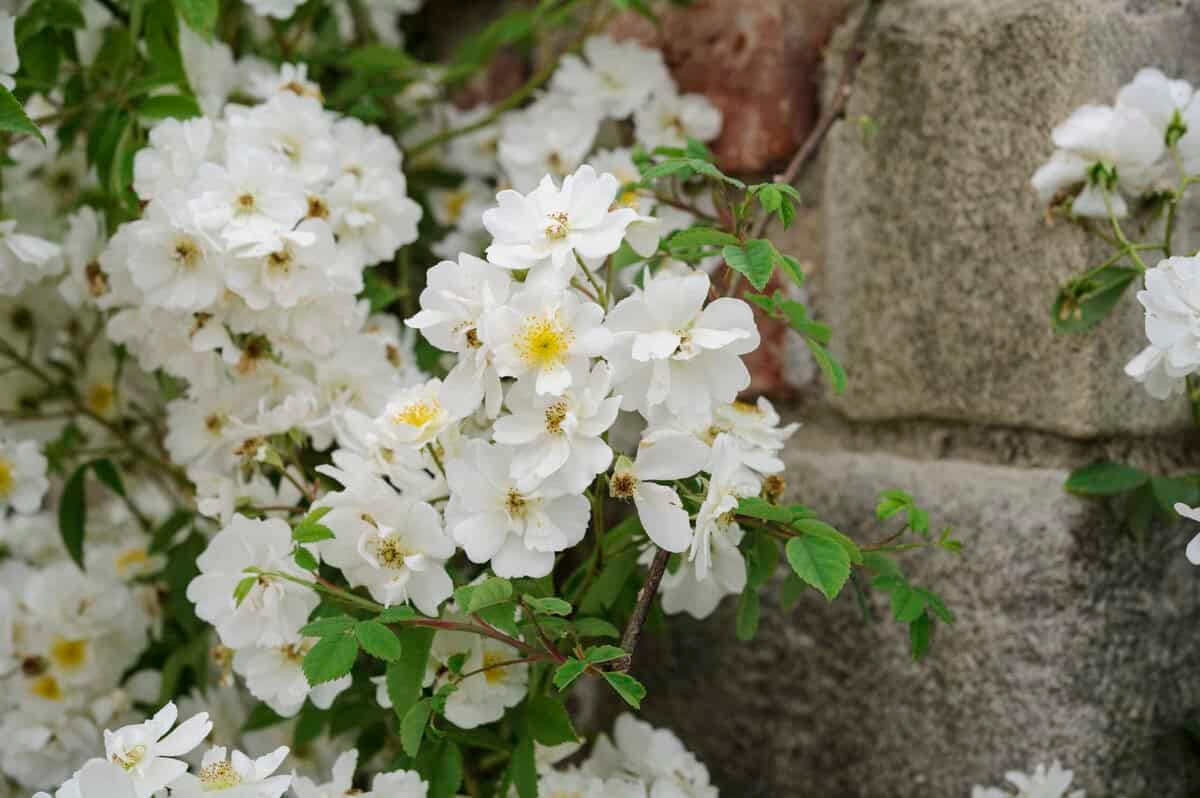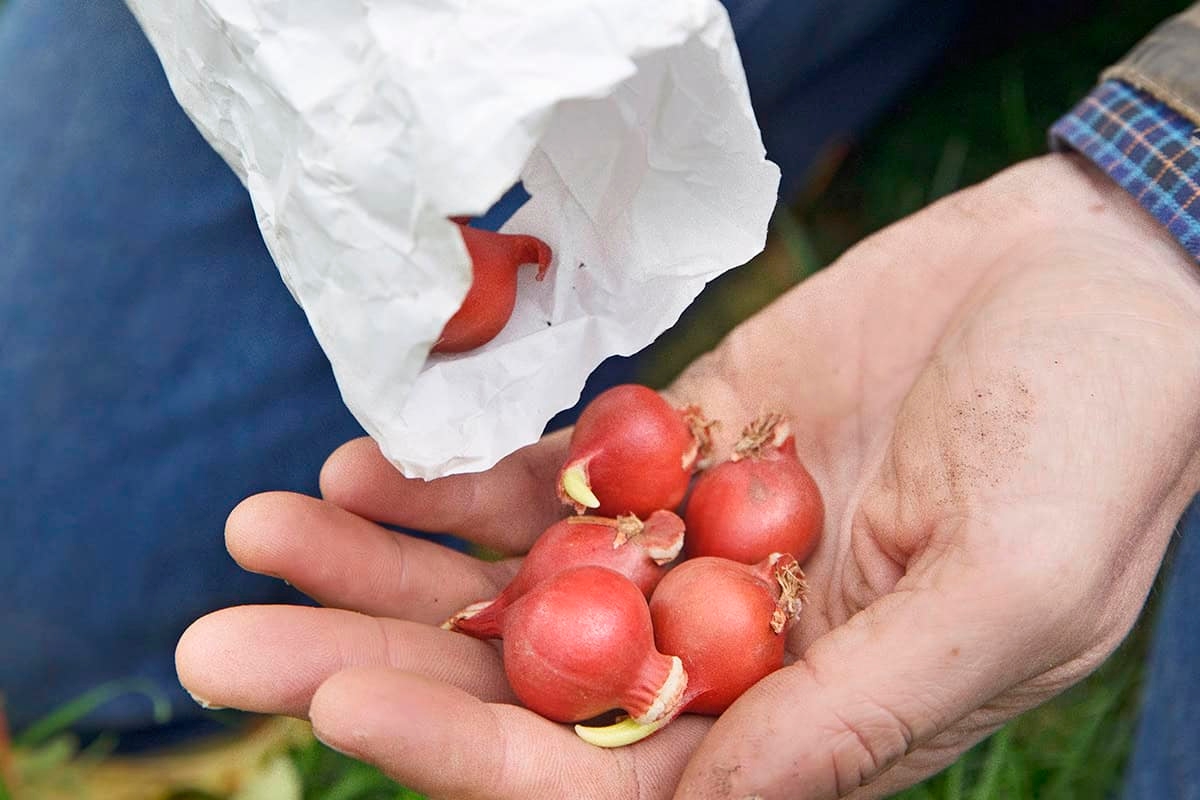You really don't want these 7 invasive exotic species in your garden

Some exotic plants are beautiful to see in the garden, but many garden plants aren't native to the Netherlands and can be classified as invasive exotic species in the Netherlands. These pose a threat for several reasons. Of the many invasive plant species, we'll show you the top 7 most dangerous in the Netherlands, which could also be found in your garden or surrounding area.
Read more below the advertisement
Invasive exotic species (also known as invasive plants) are plants from abroad that damage local nature and cause nuisance. Some of these plants can also be hazardous to human and animal health.
You don't want these 7 invasive exotic plants in your garden. If you do have one, we recommend removing it and disposing of it with your household waste.

Giant hogweed is a truly beautiful plant, and it was brought to Europe from the Caucasus for that very reason. This dangerous plant can grow up to 4 meters tall, with leaves up to 1 meter long. A beautiful addition, you might say? Its ornamental value is high, but it can spread rapidly through seed. The seeds remain viable for up to 7 years.
In nature, the plant can form dense vegetation, crowding out native plants . It also contains furocoumarin , which can cause severe burns in humans and animals, especially when exposed to sunlight. Contact with the eyes can cause blindness.
Note: This plant is sometimes confused with the native common hogweed ( Heracleum sphondylium ). This plant is a fantastic alternative to giant hogweed and attracts many pollinators to your garden. The hairs on this plant can cause mild irritation in some people, so wear gloves when handling the plant.

The name says it all: this plant isn't native to the Netherlands. It's a highly invasive plant that can take over entire swathes of nature (and gardens). Von Siebold brought this plant from Japan in 1823. These plants were then used for further cultivation in Leiden. It was first observed in nature in the late 19th century, but it has only spread significantly since 1950. Japanese knotweed is banned within the EU, and its sale or transport is prohibited.
Even the tiniest bits of root can grow into a plant, and these roots are so strong they can penetrate cracks in asphalt and concrete. Moreover, the roots reach very deep. Plants, insects, and other animals decline when this plant becomes overgrown. Read more in the article "Recognizing and controlling Japanese knotweed: here's how ."
Alternative: Looking for an alternative to Japanese knotweed? You could also plant snakeweed ( Persicaria bistorta ) in your garden. It stays much smaller, but has beautiful pale pink flowers.

This exotic plant originates from the western Himalayas. It's a beautiful sight and has an incredibly strong fragrance. It's an annual plant that can grow up to 2.5 meters tall. The plants are also called "springwort," and there are several varieties. Himalayan balsam is truly an invasive exotic species in gardens and in the wild.
Because Himalayan balsam can produce enormous quantities of seed and even bolt, it can spread rapidly. Native plants often can't compete because they don't get enough light, and the plant attracts many pollinators away from the flowers of other plants.
Alternative : Beautiful upright flowers in the garden that also attract many bees and bumblebees? For example, plant purple loosestrife ( Lythrum salicaria ) or foxglove ( Digitalis purpurea ) in your garden.



This tree is also called "forest pest," which speaks volumes! For decades, conservationists have been trying to eradicate these trees from the Netherlands, but it's no longer possible. They can cover large areas, with numerous underground runners. This gives other plants and trees less chance. This tree is especially undesirable in vulnerable areas like dunes and heathland.
In America, where this species originates, the tree's range is limited by a soil fungus ( Phytium ), which does not occur in Europe.
Alternative: It's a cousin of our native bird cherry ( Prunus padus ) and sweet cherry ( Prunus avium ). Both are beautiful native trees, and the cherries from the sweet cherry are edible.

The tree of heaven originates from China and Korea and is planted in the Netherlands as an ornamental tree in parks and gardens. The plant grows up to 30 meters tall, and its branches grow by a meter per year. This tree has "escaped" and is increasingly found in nature, for example, along the Waal River.
The bark and leaves contain toxins. These toxins build up in the soil and make it difficult for other plants to grow around the tree. The tree also blocks a lot of light from other plants. Is the tree in your garden? Make sure you remove the seedling from your garden in time.
Alternative: Do you like the leaves of the tree of heaven? The native ash ( Fraxinus excelsior ) has similar leaves and also grows into a large tree. You can also plant the sweet chestnut ( Castanea sativa ): in the fall, you can gather the chestnuts, which are delicious roasted!
Tip!

Susceptible to hay fever? Then this plant is your nightmare. Ragweed (also called common ragweed) originates in America. In gardens, this plant usually ends up when you spread bird or chicken feed.
Ragweed produces enormous amounts of pollen, which hay fever sufferers react strongly to. It also blooms until October, extending the hay fever season. While the plant is not yet widespread in the wild, its occurrence is expected to increase due to climate warming. Seeds can germinate for up to 40 years!
Alternative : Do you still like the plant? We recommend removing it and planting, for example, native wormwood ( Artemisia absinthium ).

This perennial can grow to 1.5 meters tall and has pinkish-white flowers from June to August. The seeds have silky threads, hence the name. The plant is native to the Americas. If a plant escapes from the garden, it can quickly overgrow its growing spot, leaving other plants with less space.
Do you have mammals in your garden, such as sheep, goats, horses, or cattle? This plant is highly poisonous to them. It's also unsafe for humans to eat. Moreover, the milky sap can cause skin irritation.
Alternative : Flowers of the same color and height can also be found in the meadowsweet ( Eupatorium cannabinum ). Moreover, this is an easy plant to maintain in moist soil.

Many invasive plants were introduced to the Netherlands as garden plants. Later, it turned out that these plants can "escape" from the garden through seeds, berries, or rhizomes.
People also unintentionally spread them or deliberately plant or dump them in nature. This can happen, for example, by putting seeds or parts of these plants in the green bin or on the compost heap. After composting, seeds and rhizomes can sometimes still grow.

Most gardens have "real" garden plants, which are perfectly fine and can sometimes even promote biodiversity. Want to know which plants are potentially invasive?
FLORON has launched the website tuinernietin.nl . Here you can search for 1,500 garden plants to see if they pose a threat to nature, whether they are poisonous, and what alternatives you can plant.
gardenersworldmagazine



%3Aformat(jpeg)%3Abackground_color(fff)%2Fhttps%253A%252F%252Fwww.metronieuws.nl%252Fwp-content%252Fuploads%252F2025%252F09%252FANP-531134352-1.jpg&w=1280&q=100)
